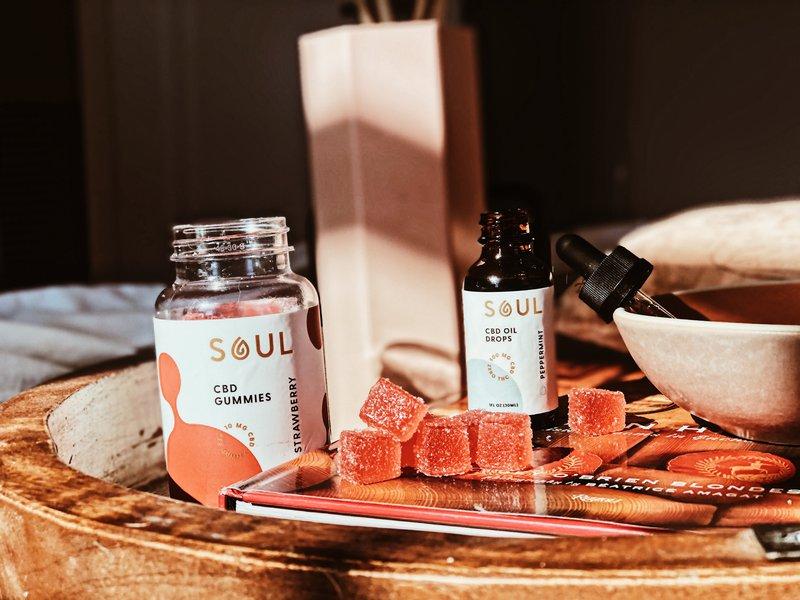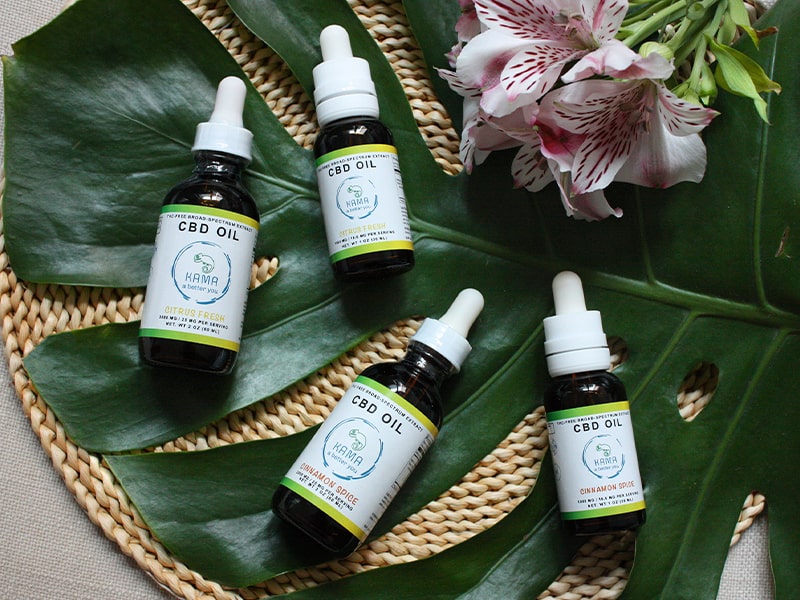
CBD and Degenerative Disc Disease
Degenerative disc disease encompasses a number of physical and psychological factors. This term encompasses a number of spinal conditions, such as stenosis. Early research shows that, in the future, CBD could help combat the physical damage and psychological stress associated with this disease.
Back pain is one of the leading causes of disability and chronic pain in the world. Back pain stems from a number of musculoskeletal and nervous system conditions, including degenerative disc disease (DDD). According to the World Health Organization, all of these conditions affect people’s well-being and quality of life, and even their ability to work.
Fighting back pain – where does CBD fit in?
There are many different ways to treat back pain, but very few are scientifically validated or produce consistent results. As the search for a panacea for back pain continues, could hemp be a viable option for this problem?
Humans have used hemp for thousands of years to attempt to remedy a range of mental and physical ailments. The resinous flowers of this fascinating plant contain a cocktail of phytochemicals, including more than 100 cannabinoids and 200 terpenes. Among these, cannabidiol (CBD) is one of the most prominent.
CBD has already shown promising results in several clinical settings, but research is still in early stages. As hemp science advances, what do we know so far about the effect of CBD on EDD?
What is degenerative disc disease?
Rather than being a specific diagnosis, EDD encompasses a set of spinal conditions involving the degradation of the intervertebral discs. These vital structures are found in the main areas of the human spine: cervical (upper), thoracic or dorsal (middle) and lumbar (lower). In total, we have 23 discs between the movable vertebrae of the spine. Before going into details about this spinal disease, we should know exactly what the vertebral discs are.

Basic anatomy of the vertebral discs
The intervertebral discs have several essential functions in the human spine. They allow flexible movement between each vertebra, without sacrificing strength and stability, and help cushion impact against the ground during walking, running, jumping and other activities.
From an anatomical point of view, the vertebral discs are quite simple. They are composed of three different parts:
- Nucleus pulposus: located in the center of the disc. Composed mainly of water, this gelatinous material also contains various types of collagen and allows movement in different directions. The nucleus pulposus is the compression-resistant element of the vertebral disc.
- Annulus fibrosus: a sturdy outer layer, formed by several layers of collagen fibers. This ring of connective tissue surrounds the nucleus pulposus and helps resist excessive movement in some directions. Rather than offering compressive strength, the annulus fibrosus resists mainly tension.
- Vertebral endplate: Vertebral discs are located between individual vertebrae. These are stacked vertically, one on top of the other, in the spine. The vertebral endplates are special tissues located between each disc, connecting the two structures. They also distribute nutrients to the discs, keeping them healthy and strong.
Degenerative disc disease-related conditions
There are several conditions that fall under the umbrella term EDD. Although they all have different pathological features, they share at least one thing in common: gradual damage and degeneration of the vertebral discs. These conditions include:
- Lumbar radiculopathy
- Osteoarthritis
- Spondylosis
- Myelopathy
- Lumbar stenosis
- Facet degeneration or facet arthrosis
Symptoms of degenerative disk disease
EDD produces a variety of symptoms. These depend largely on the condition causing EDD, but some overlap. The most common symptoms include:
- Pain when bending or twisting the spine.
- A “giving way” sensation, indicating instability of the spine
- Muscle tightness and spasm
- A shooting pain that spreads down the arms or legs.
- Loss of sensation, numbness and tingling sensations
You can visit their page to learn more about the top CBD capsules UK.
